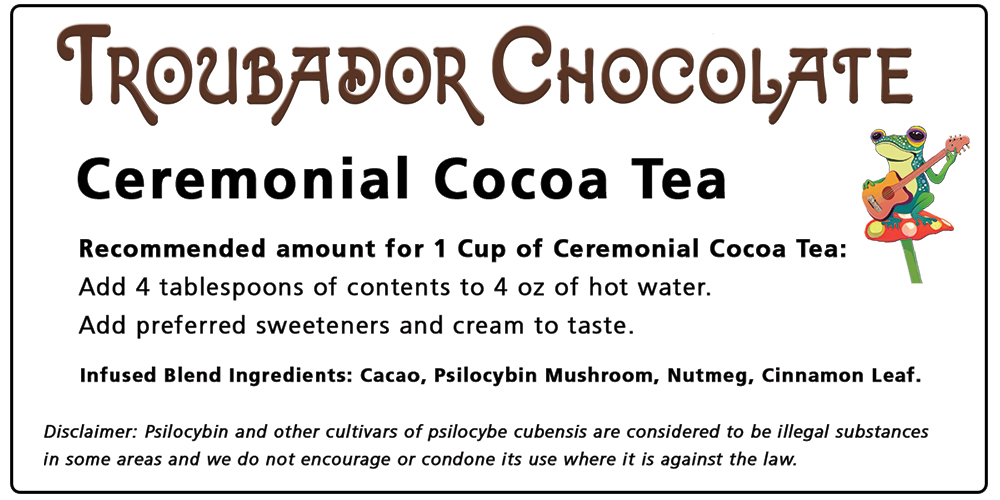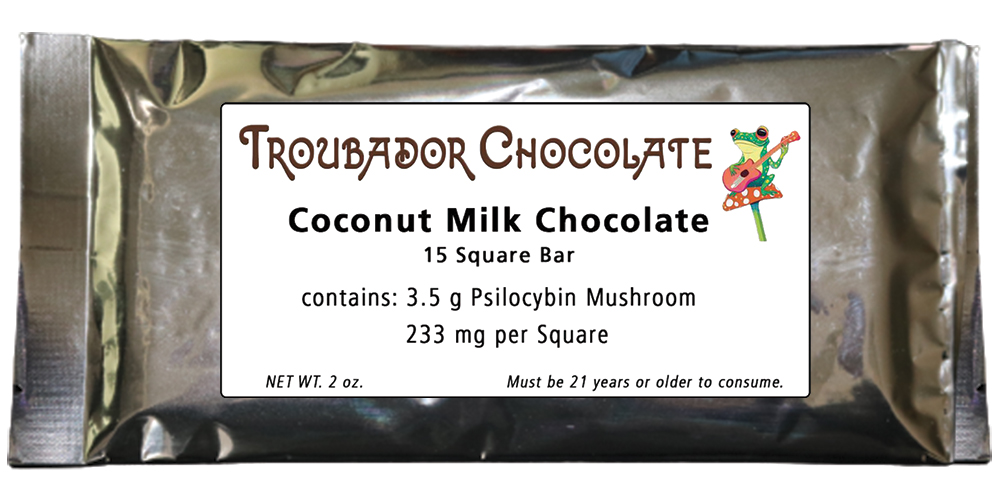
The rediscovery of the Magic Mushroom in the late 1950s set the stage for the counterculture movement of the 1960s with the emergence of Psychedelics.
Psychedelics is a captivating class of hallucinogenic drugs that once ingested can take us on a rollercoaster of reality distortion with visual and auditory hallucinations or a total sense of detachment.
In this article we will describe various types of Psychedelics with a brief description of what they do and how they work.
When psychiatrist Humphry Osmond was knee-deep in research on Lysergic Acid Diethylamide (LSD) in 1956, he coined the term: Psychedelic.
Psychedelic is a fusion of Psyche (which refers to our mind or soul) and Delos (which means to show); hinting at the mind-bending journey these substances can offer.
Osmond's researched interesting and useful applications for Psychedelic medicines and also explored aspects of the psychology of social environments, in particular how they influenced welfare or recovery in mental institutions.
Since the 1960s, a multitude of Psychedelics have been discovered, developed and studied; some are natural compounds that occur naturally in plants, fungi, or other organic sources while others are synthetically made in a laboratory using chemical compounds that mimic their natural counterparts.
Common examples of synthetic Psychedelics include substances known for their potent psychoactive effects:
-
LSD (Lysergic Acid Diethylamide)
-
MDMA (3,4-Methylenedioxymethamphetamine)
Prominent examples of natural Psychedelics include psychoactive compounds such as psilocybin, mescaline, DMT, and ibogaine; which produce hallucinogenic effects when ingested:
-
Ayahuasca
-
Iboga
-
Peyote
-
Psilocybin Mushrooms
CLASSIFICATIONS
Psychedelics have been separated into these categories:
-
Dissociative Hallucinogens
-
Classic Serotonergic and Dopaminergic Hallucinogens
Dissociative Hallucinogens primarily disrupt normal brain functioning; leading to a sense of detachment from reality and include:
-
Dextromethorphan (DXM)
-
Ketamine
-
Salvia Divinorum
-
Phencyclidine (PCP)
Classic Serotonergic and Dopaminergic Hallucinogens primarily modulate neurotransmitter systems associated with perception, mood, and cognition which can lead to profound experiences in consciousness and perception.
These hallucinogens have several categories that are able to stand side by side with the neurotransmitter Serotonin:
-
Lysergamides: LSD/LAD and Ergotamine
-
Phenethylamines: From Ecstasy to PMMA, Mescaline, and a variety of compounds like TMA, DOM, DOI, and DOC
-
Tryptamines: DMT and its derivatives; Psilocybin with its fascinating Metabolites










